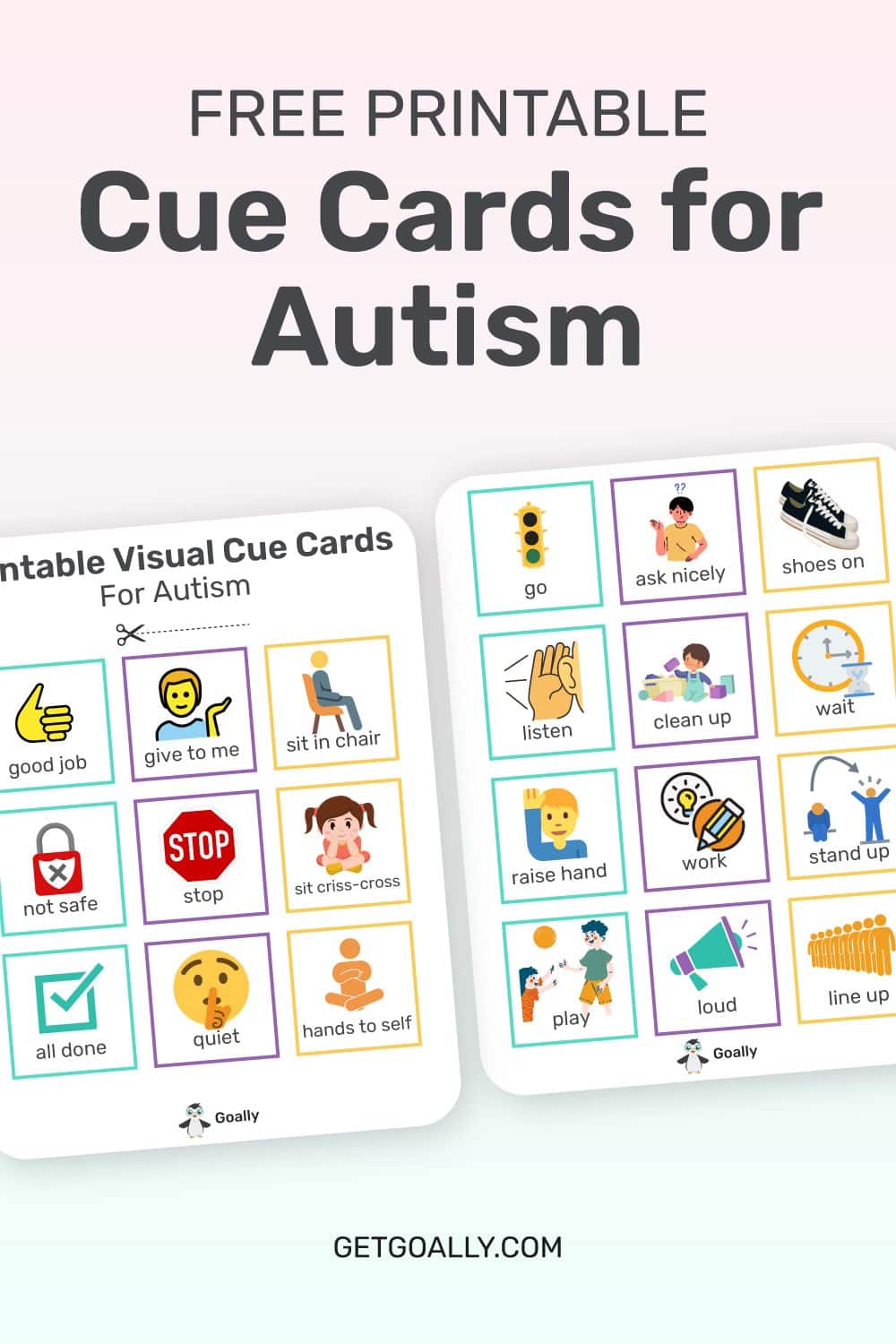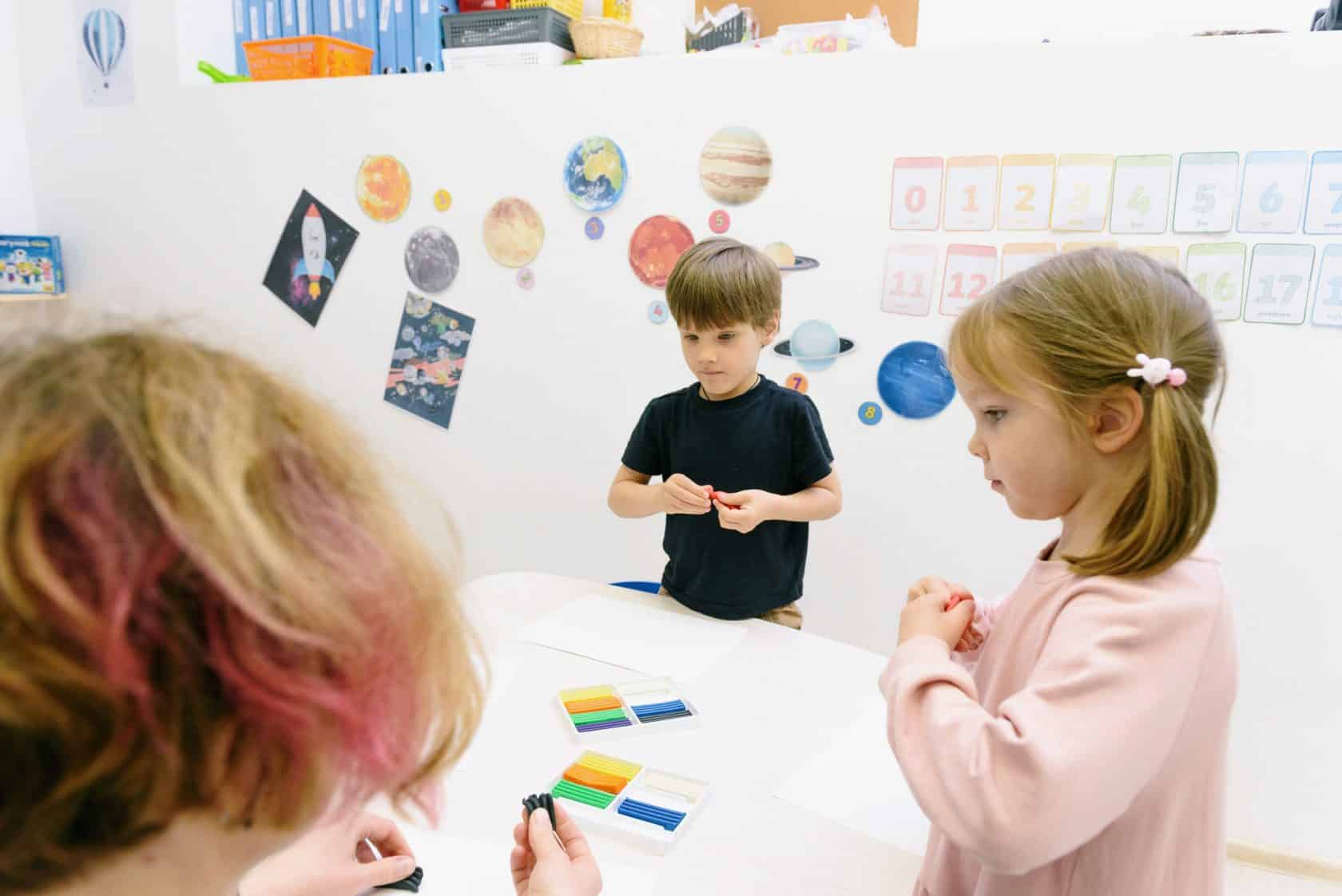The Picture Exchange Communication System (PECS) is a powerful tool that facilitates communication for individuals with speech difficulties. It involves using pictures to express needs and desires instead of relying solely on spoken language.
- Picture-based Communication: PECS utilizes a book or a board with a variety of pictures representing different items, activities, or requests.
- Choosing Preferred Items: Individuals using PECS can select and point to the picture of the item they want, such as food, drinks, or toys.
- Requesting Actions: PECS enables individuals to communicate their desired actions by pointing to corresponding pictures, like “go outside” or “play games.”
- Building Sentences: As communication skills progress, individuals can create sentence strips by combining multiple pictures to express more complex thoughts.
- Responsive Interactions: The person communicating with the individual using PECS responds to their requests by providing the desired item or fulfilling the requested action.
PECS serves as an effective communication tool by allowing individuals to use pictures to express their needs and interact with others. Goally, our tablet, supports kids using PECS by offering interactive apps for visual schedules, AAC, gamified learning, emotional regulation, executive functioning, and social skills training videos. It enhances communication and overall development.
This post was originally published on Feb. 13, 2023. It was updated on July 12, 2023.














